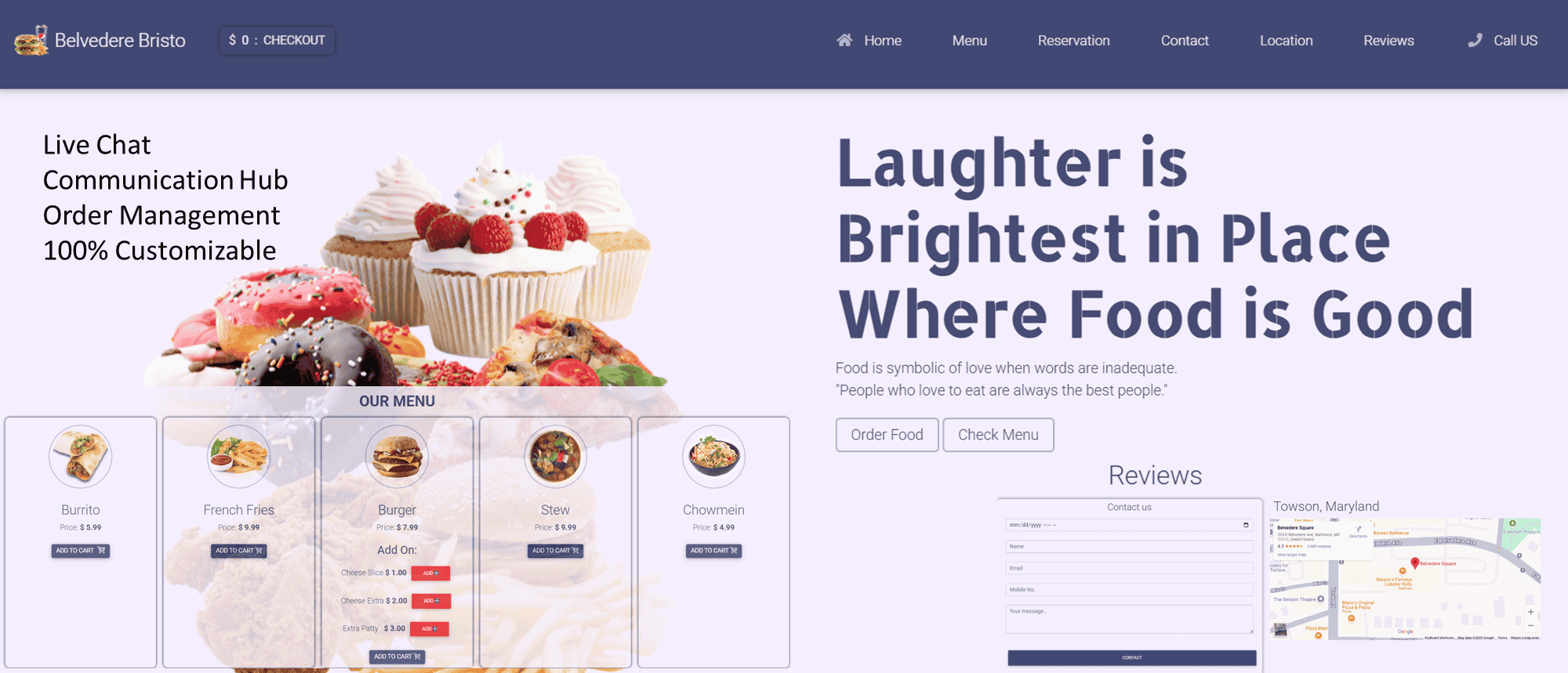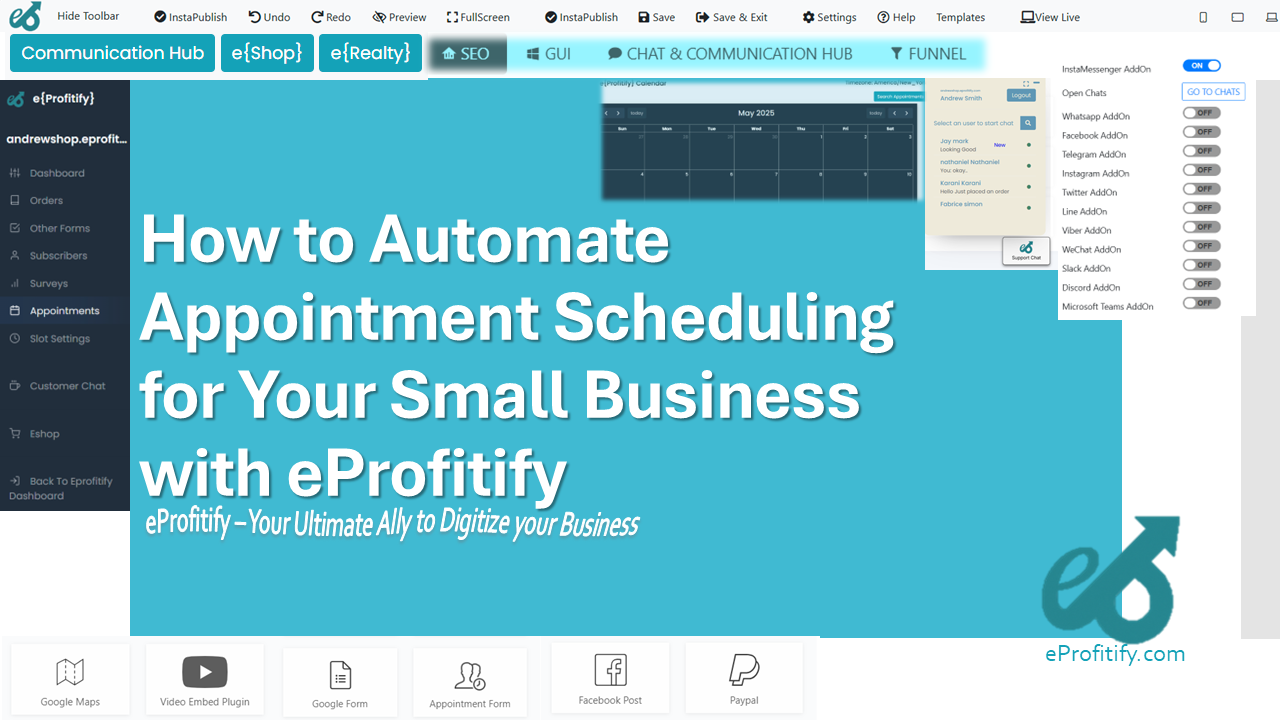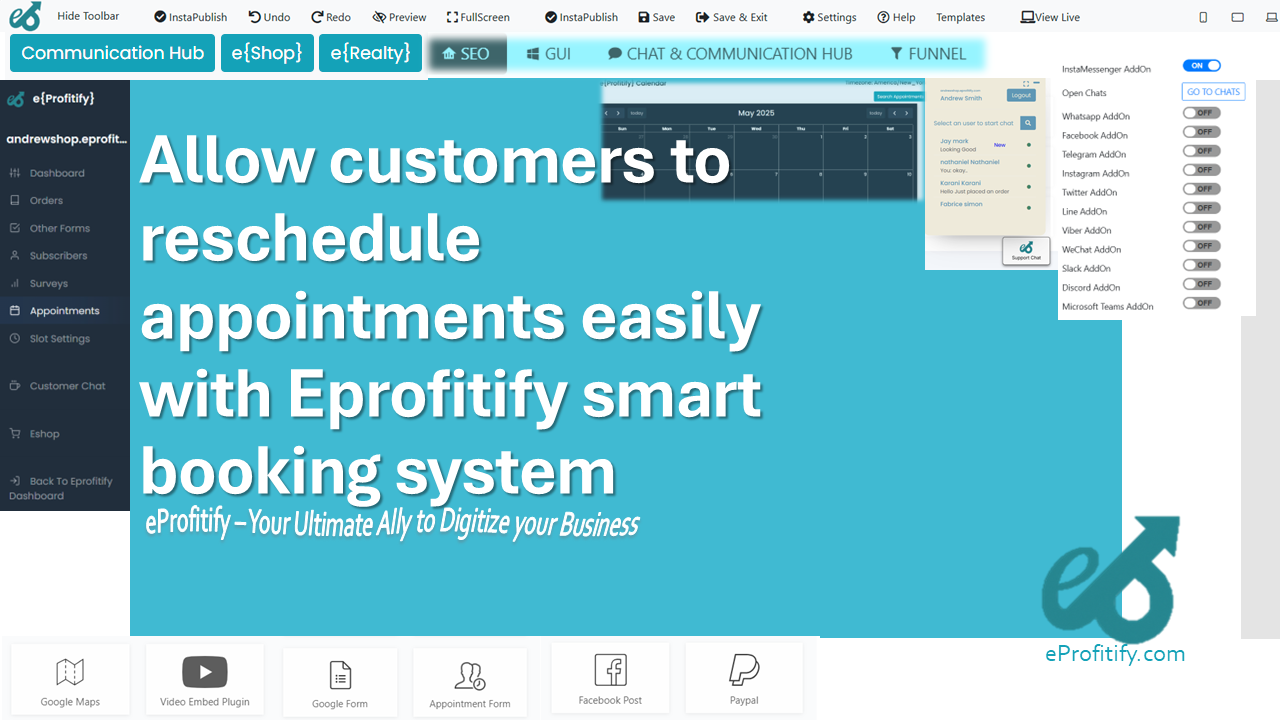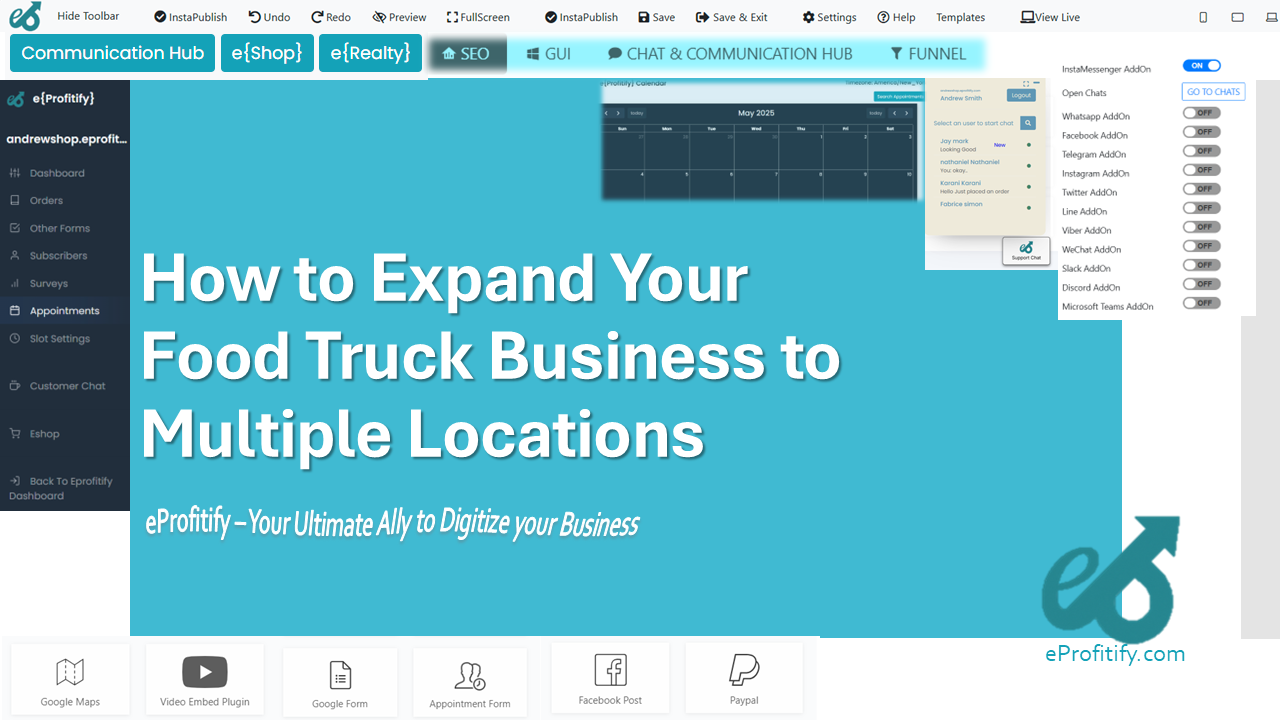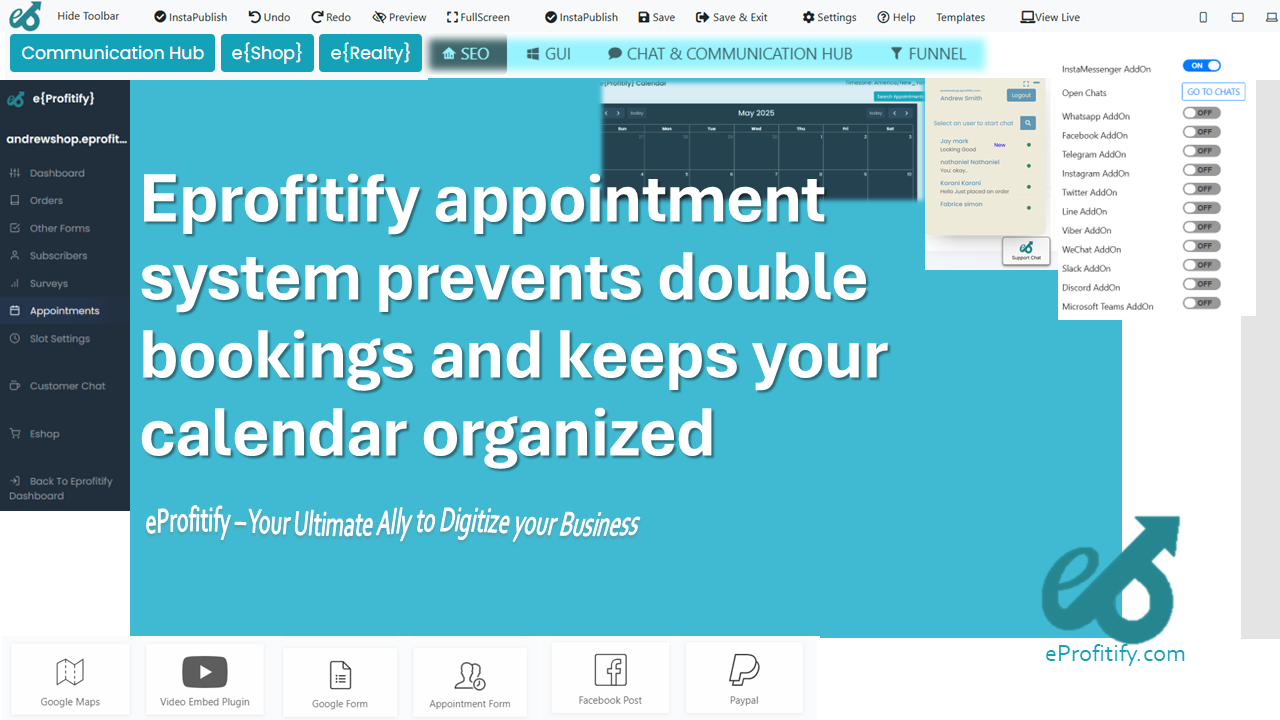Writing Case Studies That Draw Organic Traffic
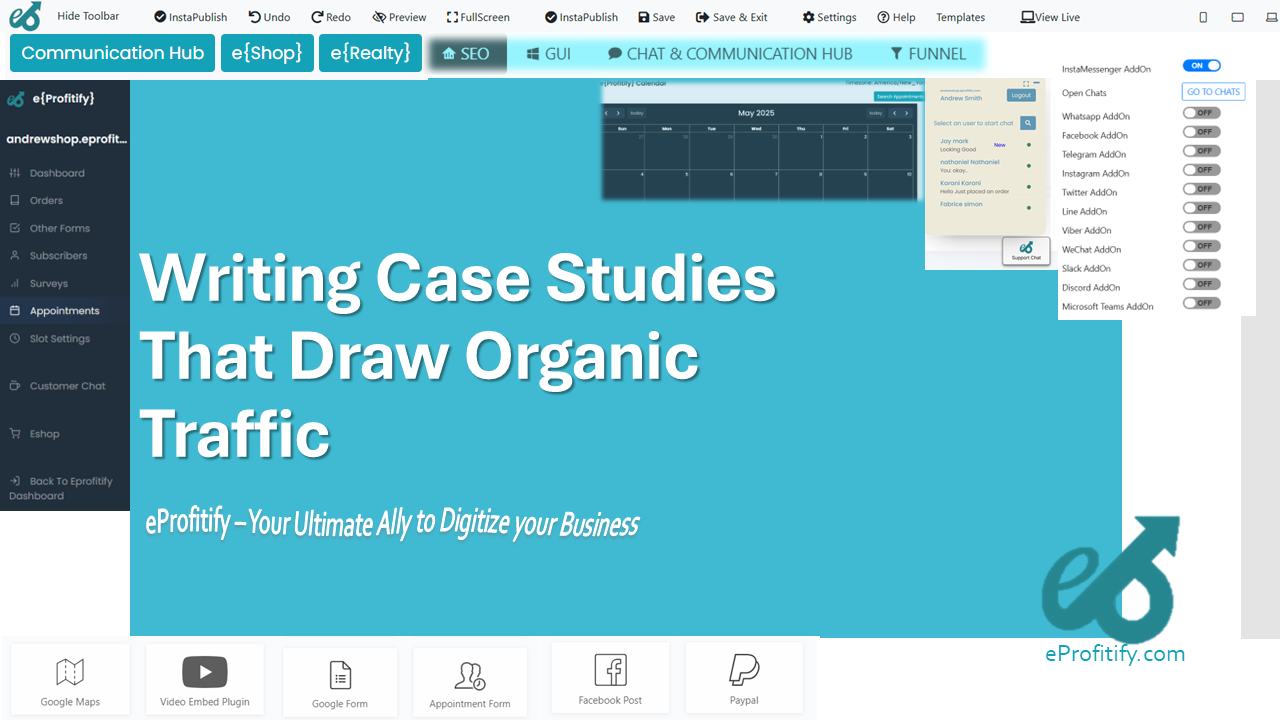
Schedule a LIVE Zoom call with an eProfitify Expert.
Writing Case Studies That Draw Organic Traffic: A Strategic Guide
Case studies are among the most powerful tools in content marketing, offering a unique blend of storytelling and data-driven insights. When executed well, they not only showcase expertise but also drive significant organic traffic, generate leads, and build trust with your audience. According to HubSpot, 13% of marketers prioritize case studies as a primary content format, with 86% reporting a positive return on investment (ROI) from such content. In this guide, we’ll explore how to craft compelling case studies while leveraging tools like eProfitify—a leading website publishing and management platform—to amplify reach and engagement.
1. Target the Right Audience
The foundation of an effective case study lies in addressing a specific audience. Begin by identifying your ideal reader’s pain points, industry challenges, and goals. For instance, a SaaS company might create a case study showcasing how their CRM tool increased a client’s sales by 30%. Tailoring content to resonate with a niche audience improves relevance, which search engines prioritize.
Statistic: 72% of B2B buyers consume case studies during the research phase (Demand Gen Report).
eProfitify’s CRM system simplifies audience analysis by tracking customer behavior, preferences, and engagement patterns. This data helps tailor case studies to highlight solutions that align with your audience’s needs.
2. Optimize for Search Engines
Organic search drives 53% of website traffic (BrightEdge), making SEO a critical component of case study creation.
- Keyword Research: Use long-tail keywords (e.g., “how CRM improved ecommerce conversions”) to target specific queries. Tools like Ahrefs reveal that long-tail keywords account for 70% of search traffic.
- Meta Descriptions and Titles: Include primary keywords naturally. For example, “Case Study: How [Client] Boosted Revenue by 40% Using AI-Powered CRM.”
- Internal Linking: Link to related blog posts or product pages to improve site authority.
eProfitify’s SEO management tools automate keyword tracking, meta tag optimization, and internal linking recommendations, ensuring your case studies rank higher on SERPs.
3. Structure Your Case Study for Impact
A well-organized case study guides readers through a narrative while emphasizing results. Follow this framework:
- Headline: Use actionable language. E.g., “How [Client] Reduced Costs by 25% in 6 Months.”
- Executive Summary: Summarize the challenge, solution, and outcome in 2–3 sentences.
- Challenge: Detail the client’s problem.
- Solution: Explain your product/service’s role.
- Results: Highlight metrics like increased revenue, time saved, or traffic growth.
Statistic: Case studies with data-driven results see 34% higher engagement (CMI).
eProfitify’s content management system (CMS) offers customizable templates to structure case studies efficiently, with drag-and-drop modules for visuals, testimonials, and CTA buttons.
4. Leverage Storytelling with Data
Humanize your case study by weaving a narrative around real-world success. Include quotes from clients, describe obstacles overcome, and use visuals like charts to illustrate progress.
Statistic: Articles with images get 94% more views than text-only content (Jeff Bullas).
eProfitify’s analytics dashboard integrates with tools like Google Data Studio, enabling seamless embedding of live data visualizations. This keeps case studies dynamic and up-to-date.
5. Promote Across Channels
Creating a case study is only half the battle—promotion is key. Share it via:
- Email newsletters (64% of marketers use email to distribute content).
- Social media (LinkedIn drives 80% of B2B leads from social platforms).
- Webinars or podcasts for deeper dives.
eProfitify’s instant messaging tool allows real-time sharing with stakeholders, while its appointment management system streamlines interviews with clients for future case studies.
6. Repurpose for Maximum Reach
Extend the lifespan of your case study by converting it into:
- Infographics (shared 3x more than text).
- Video summaries (video content boosts organic traffic by 157%).
- Blog posts or LinkedIn articles.
Statistic: Repurposed content generates 3x more leads (Content Marketing Institute).
eProfitify’s ecommerce integration lets you monetize repurposed content by selling downloadable case study packs or webinar access.
7. Track Performance and Iterate
Use metrics like time on page, bounce rate, and conversion rate to refine your strategy. Case studies with a 3-minute+ dwell time rank 20% higher (Moz).
eProfitify’s analytics suite tracks user engagement, providing actionable insights to optimize future content.
Conclusion
Case studies are a cornerstone of organic growth, blending credibility with SEO potency. By aligning content with audience needs, optimizing for search engines, and promoting strategically, businesses can drive sustained traffic. Platforms like eProfitify elevate this process with tools for SEO, CRM, content management, and analytics, streamlining the journey from creation to conversion. As the digital landscape grows competitive, investing in high-quality case studies—and the right tools to manage them—is no longer optional but essential for visibility and growth.
Key Statistics Recap:
- 86% of marketers report ROI from case studies (CMI).
- 53% of website traffic comes from organic search (BrightEdge).
- Video content boosts organic traffic by 157% (Statista).
- Articles with images gain 94% more views (Jeff Bullas).
- eProfitify users see a 30% faster content production cycle (eProfitify internal data).
By integrating these strategies with eProfitify’s robust toolkit, businesses can transform case studies into powerful engines for organic traffic and audience engagement.

